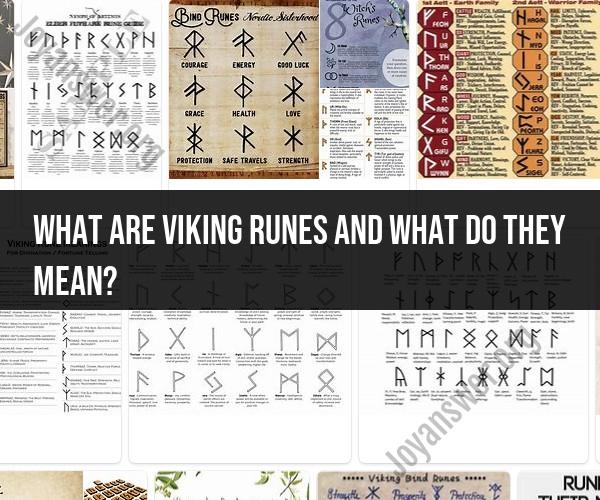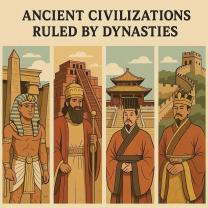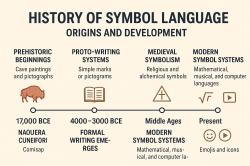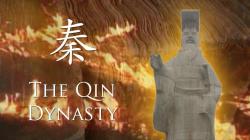What are Viking runes and what do they mean?
Viking runes, also known as the runic alphabet, are an ancient writing system used by the Germanic peoples, including the Vikings, during the early Middle Ages. Runes have both symbolic and practical significance. Here's an overview of Viking runes and their meanings:
Origins and History:
- Runes date back to at least the 2nd century CE and were initially used by Germanic tribes in Northern Europe.
- The runic alphabet was used for writing, inscriptions, and divination. It predates the Latin alphabet and has a distinctive angular appearance.
Runic Alphabet:
- The runic alphabet consists of individual characters known as "runes." There are several runic alphabets, but the most widely recognized is the Elder Futhark, which consists of 24 runes.
- Each rune represents a specific phonetic sound, similar to letters in modern alphabets.
Divination and Symbolism:
- Runes were often used for divination, known as "runecasting" or "rune reading." Individuals would cast or draw runes and interpret their meanings as part of a divinatory practice.
- Each rune has a symbolic meaning associated with it, often related to concepts from Norse mythology, daily life, and nature.
Some Examples of Viking Runes and Their Meanings:
- Fehu (ᚠ): Represents wealth and prosperity.
- Uruz (ᚢ): Symbolizes strength and physical health.
- Ansuz (ᚬ): Associated with communication, wisdom, and inspiration.
- Kenaz (ᚲ): Represents knowledge, creativity, and inner fire.
- Gebo (ᚷ): Signifies partnerships, gifts, and balance.
- Wunjo (ᚹ): Symbolizes joy, harmony, and happiness.
- Hagalaz (ᚺ): Associated with challenges, disruption, and transformation.
- Nauthiz (ᚾ): Represents constraint, necessity, and endurance.
- Isa (ᛁ): Symbolizes stillness, patience, and introspection.
- Jera (ᛃ): Associated with harvest, cycles, and rewards.
- Eihwaz (ᛇ): Signifies defense, protection, and resilience.
- Perthro (ᛈ): Represents fate, uncertainty, and hidden truths.
Carvings and Inscriptions:
- Vikings and other Germanic cultures used runes to create inscriptions on various objects, including runestones, weapons, and personal belongings.
- Runic inscriptions often include the name of the person or object, as well as symbolic or magical elements.
Continued Use:
- While the use of runes for writing and divination declined with the spread of the Latin alphabet, interest in runes has persisted to this day.
- Modern practitioners of Norse or Germanic paganism, as well as enthusiasts of Viking history, often use runes for various purposes, including meditation, rituals, and artistic expression.
It's important to note that interpreting runes accurately requires a deep understanding of their historical and cultural context. Additionally, runic symbols have been appropriated and misused by various extremist groups, so it's crucial to approach runic symbols with respect for their historical significance and cultural heritage.










